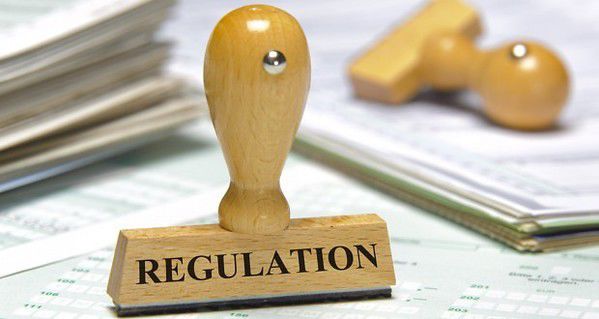Editorial: Regulations often hurt the poor most of all
Published 3:29 pm Friday, July 28, 2017
The usual discussion of income inequality tends to focus on the most obvious elements – paychecks, taxes and government assistance. But a recent study from George Mason University said there’s more to it than that. A big driver of inequality is government regulations, which have a much more dramatic effect on the poor.
“When the federal government introduces new regulations for an industry, there are numerous potential consequences for both producers and consumers,” wrote economists Dustin Chambers and Courtney Collins. “Often, complying with regulations is costly for firms, and these higher costs may in turn drive up prices for consumers. Higher prices caused by regulatory growth are unlikely to affect all consumers equally. High-income and low-income households tend to have different spending patterns, and regulations may have a larger impact on one group than on another.”
Most regulations are sold to the public as safety measures.
“The stated purpose of regulations is often to help protect consumers from a variety of problems in the market,” the economists wrote. “However, the benefit of any sort of protection must be weighed against the cost of higher prices. The data show evidence of a statistically significant relationship between regulation and increased prices.”
That relationship is significant. Their well-documented study showed “a 10 percent increase in total regulations leads to a 0.687 percent increase in consumer prices.”
Here’s where the poor are hardest hit.
“The data also show that households from the poorest income groups experience the highest overall levels of inflation and the highest levels of price volatility,” the economists contended. “In comparison to wealthier households, poorer households spend a substantially larger proportion of their income on more inflation-prone, volatile and heavily regulated goods and services.”
The poor spend a higher percentage of their income on food and energy – and as the GMU study showed these are two of the most regulated industries.
“Another unintended effect of regulation is that the poor face a higher overall rate of inflation in the goods they tend to purchase,” Chambers and Collins said. “In addition to undergoing larger price hikes, these heavily regulated products also display greater volatility, meaning that low-income households face more uncertainty in their household budgets than do wealthier households.”
It’s not just consumer goods. Another George Mason University economist, Patrick McLaughlin, has testified before the House Judiciary Committee that would-be entrepreneurs in the lower income brackets face huge hurdles in the regulatory process.
“Entry regulations require would-be members of a specific profession to pass exams or meet education or experience requirements in order to obtain a license to work,” he said. “Proponents claim that such regulations might improve the quality of service, but most studies have shown that there is no relationship between licensing and quality. Entry regulations may, however, increase income inequality by corralling poorer workers into lower-paying, unregulated fields or forcing them to operate illegally and incur the higher costs of doing so.”
Income inequality isn’t just about paychecks and taxes. It’s also about regulations, and the bigger burden they put on the poor.







